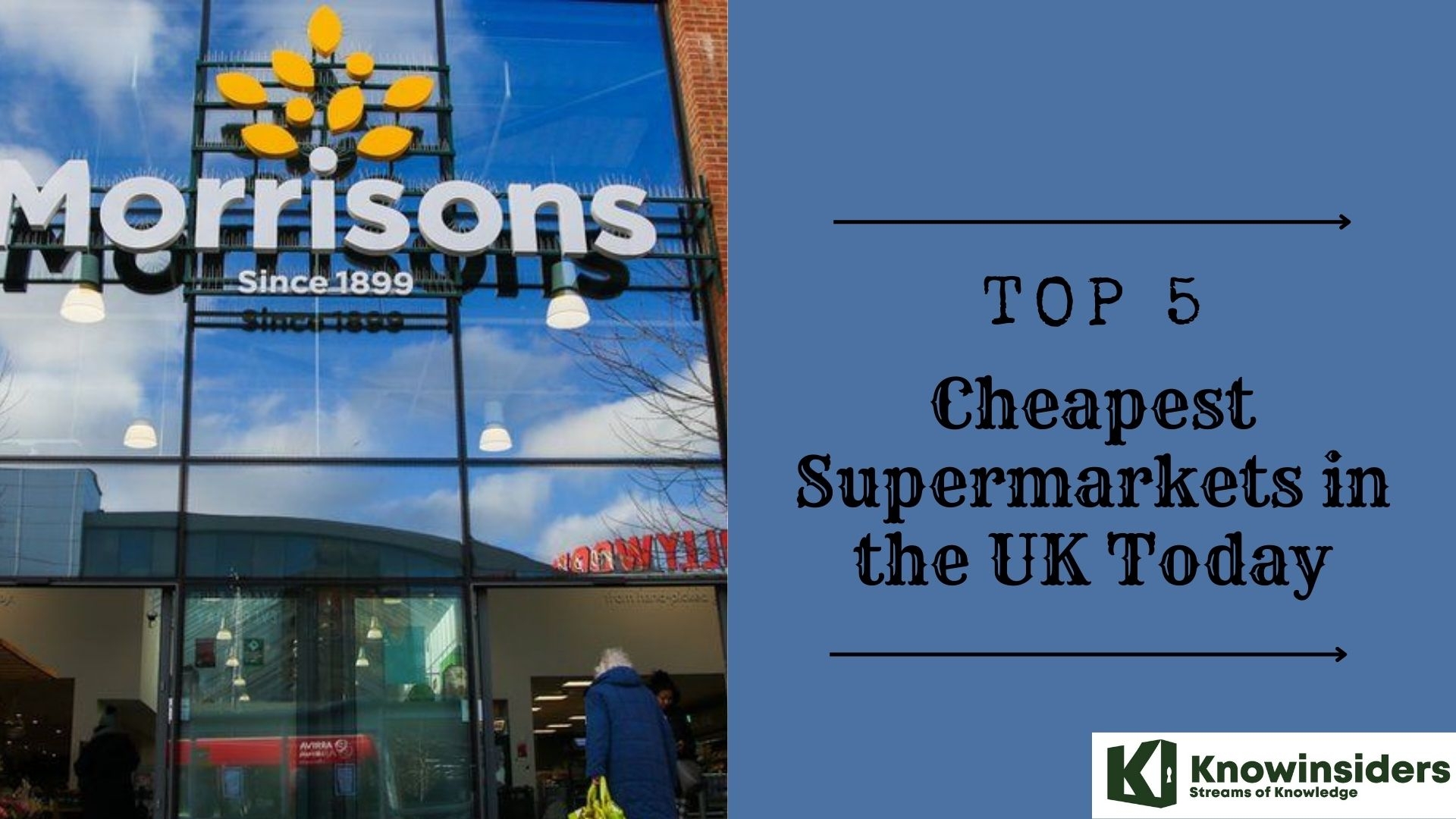Facts About 'Cost Of Living Crisis' In The UK
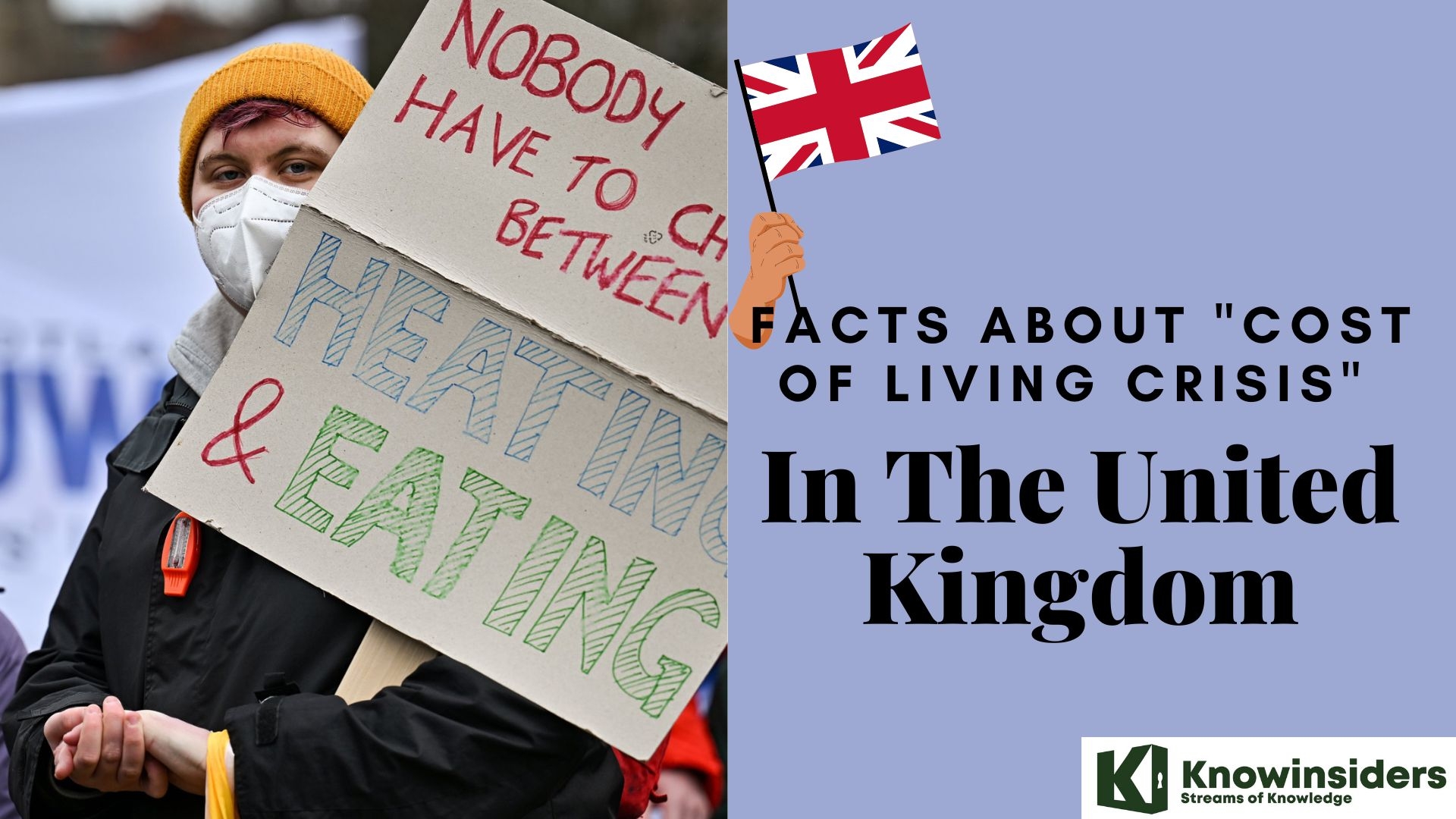 |
| Facts About “Cost Of Living Crisis” In The UK |
Consumer prices, as measured by the Consumer Prices Index (CPI), were 9.1% higher in May 2022 than a year before.
Britain is facing the highest rates of inflation since the early 1980s, with households suffering the biggest hit to their incomes since modern records began. Energy bills are soaring, as is the cost of petrol. Food inflation is at a 13-year high, running at 8.3%, the market research firm Kantar said on Tuesday. The government has announced billions of pounds in emergency financial support, but has faced heavy criticism over its handling of the cost of living crisis as millions struggle to afford the basics.
Soaring prices have plunged more people into financial trouble than Covid-19, according to a study tracking the fortunes of UK households since the start of the pandemic.
A total of 1.6 million more households are struggling than the last time the study of 6,000 households reported nine months ago. It brings to 4.4 million – one in six – the number of households estimated to be in “serious financial difficulties” across the whole population.
The majority of those have cut the quality of food they eat, a third have pawned possessions and a quarter have cancelled insurance, the research shows. Single parents, renters, disabled people and families with three or more children are worst affected. Credit card debt is rising and a quarter have zero savings.
The only group in less financial strife since October 2021 are households with income of more than £100,000, according to the study by Abrdn Financial Fairness Trust and Bristol University.
| Table of Content |
What is “Living Cost of Crisis” in the UK?
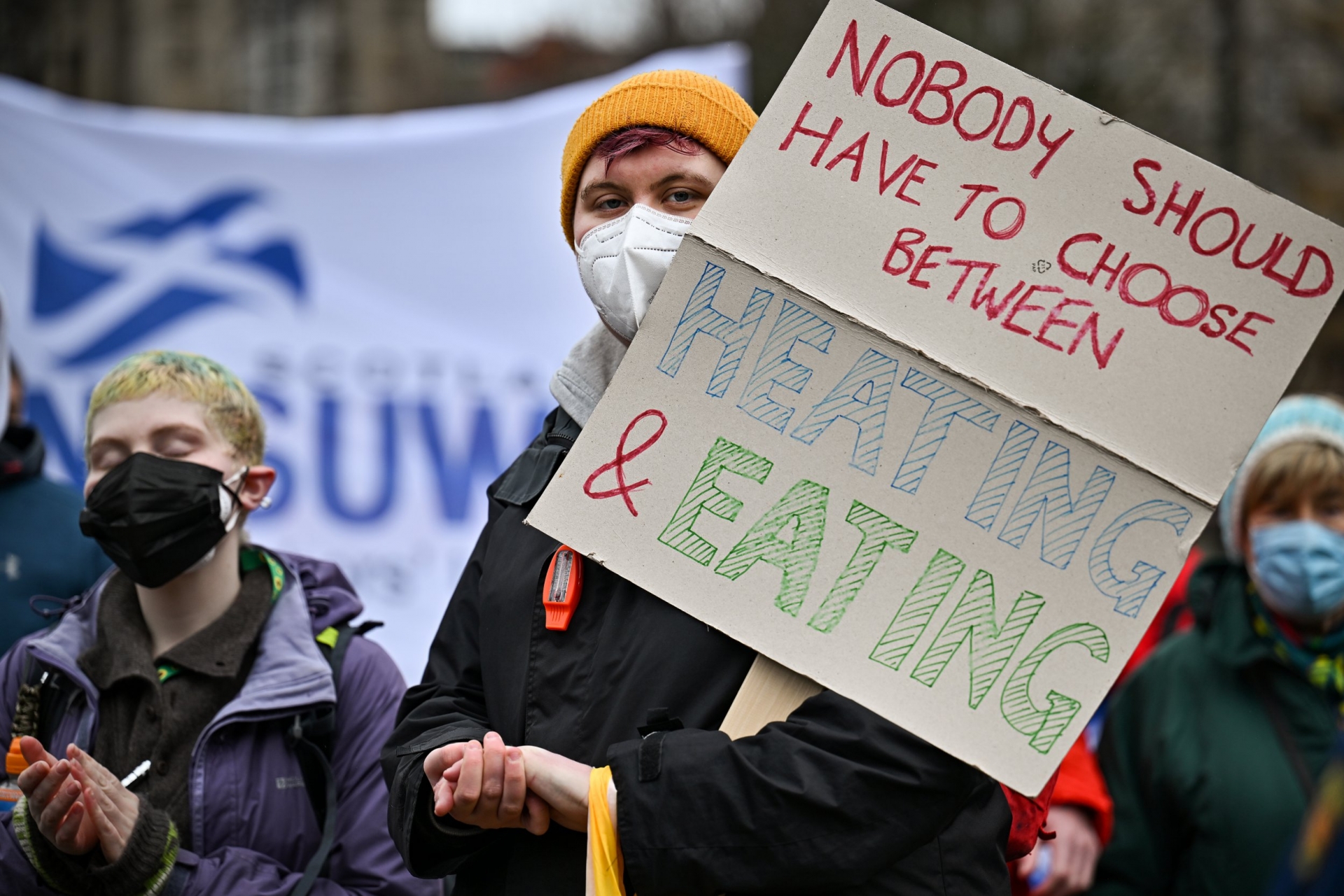 |
| Photo: Getty Images |
The UK cost of living crisis is a period starting in 2021 in which prices for essential goods in the United Kingdom began increasing faster than household income, resulting in a fall in real income. This is caused in part by a rise in inflation in the UK. While all in the UK are affected by rising prices, the impact has been felt most by those with low income. The UK government has responded in various ways, such as by making provision for a £650 grant for each of the UK's lower income households.
The Big Issue defines a cost of living crisis as "a situation in which the cost of everyday essentials like groceries and bills are rising faster than average household incomes." The think tank Institute for Government defines the UK's cost of living crisis as "the fall in real disposable incomes (that is, adjusted for inflation and after taxes and benefits) that the UK has experienced since late 2021".
The cause of “Living Cost of Crisis”
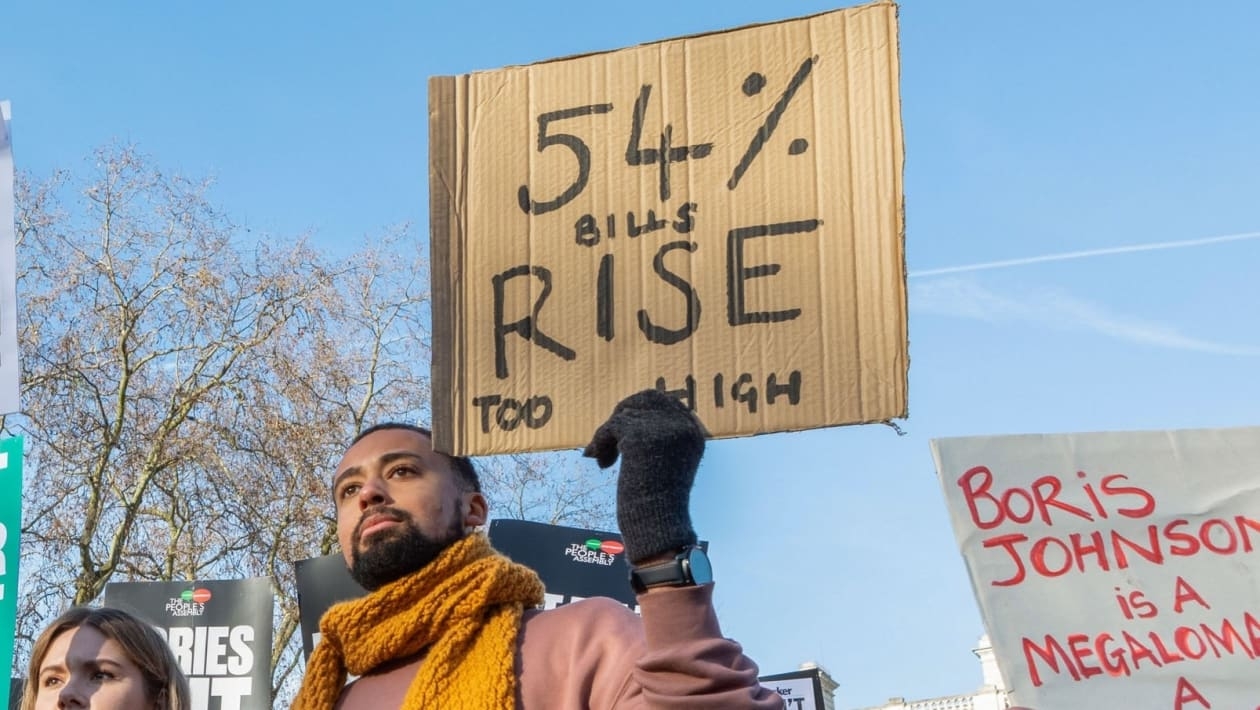 |
| Photo: Getty Images |
Both global and local factors have contributed to the UK's cost of living crisis. According to Bank of England governor Andrew Bailey, about 80% of the causes driving the cost of living crisis are global. These include the ongoing COVID-19 pandemic, an ongoing chip shortage, an energy crisis in 2021–2022, a supply chain crisis in 2021–2022 and Russia's invasion of Ukraine in 2022. The UK was reported to be among the worst affected among the world's advanced economies. In 2021, the UK's inflation was less than that of the US, but high US inflation was not generally experienced as a cost of living crisis due to the stimulus cheques that had been distributed to American households. Though in 2022 the cost of living crisis was also reported as being a global phenomenon, having impacts that include those living in the US, across Europe, and as risking an "apocalyptic" impact for those in the developing world.
Causes unique to the UK include labour shortages related to foreign workers leaving due to Brexit, and additional taxes on households. Factors that have worsened the crisis since 1 April 2022 include Ofgem increasing the household energy price cap by 54%, an increase in National Insurance, and a rise in Council Tax. Household income, whether from wages or benefits, has not generally kept pace with rising prices. In April 2022, UK real wages fell by 4.5%, the sharpest fall since records began back in 2001.
Cheapest UK Supermarket
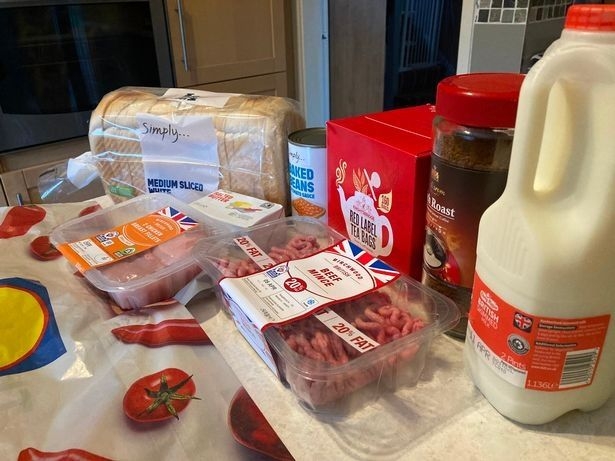 |
| Prices are soaring at supermarket as the cost of essentials continues to rise ( Image: manchestereveningnews.co.uk) |
The UK's best value price-tested supermarket is now the most expensive six weeks on as the cost at the tills continues to hit Brits in the pocket.
Prices are continuing to rise on your every day essentials as the cost of living crisis leaves millions across the UK struggling.
The Manchester Evening News have returned to the six main supermarkets and tallied up the bill for its eight most common items.
A two-pint bottle of milk, a loaf of bread, coffee, teabags, butter, beans, chicken breasts and mince have reached double figures in every store for the first time.
The receipts from identical shops in May were compared - and it's bad news for Morrisons shoppers.
The supermarket that was cheapest just six weeks ago is now the most expensive - and prices are still climbing.
As one of three supermarkets to increase this week, Morrisons has gone from £9.78 six weeks ago to £11.15.
That is an increase of 14% - with Savers coffee, which has risen from 70p for a 100g pack to 85p, along with its Savers beans, up from 21p to 25p.
Morrisons' high meat costs have also contributed to its position in the bottom spot - for the last few weeks its chicken, at £2.49 for a 300g pack, and its mince at £2.19 for 500g, have been the most expensive of the lot.
It's this week's rise at Sainsbury's - where chicken has increased from £2.40 to £2.50 - which has put the two on a par for that particular product.
Aldi and Lidl are still both the cheapest for chicken, at £2.09 a pack, while Asda's new Just Essentials mince is still stealing the show at a budget £1.69.
It's Lidl that remains the cheapest store of all though, coming in at £10.01, followed closely by Asda's £10.02 and Tesco's £10.32.
A 20p hike on the price of Aldi teabags has seen it slip into fourth position, followed by Sainsbury's at £10.54, which is 61p cheaper than Morrisons.
The only slight difference in sizes is the baked beans, which range from 400g in Sainsbury's and 410g in Asda and Morrisons, to the standard 420g in Aldi, Lidl and Tesco. Where Asda's pack of chicken is larger, we've worked out the equivalent price for a fairer comparison.
A Morrisons spokesperson said: “We know that this is a very tough time for customers and so one of the recent changes we have made is to improve our My Morrisons loyalty scheme.
"Customers who are part of it will be rewarded with instant offers when they shop to help them save money."
Lidl
Loaf of white bread 800g - 36p
Milk 2 pints - £1.05
Coffee 200g - £1.69
Teabags 160 - £99p
Salted butter 250g - £1.72
Beans 420g tin - 22p
Chicken 300g - £2.09
Mince 500g 20% fat - £1.89
Total £10.01
Asda
Loaf of white bread 800g (Just Essentials) - 39p
Milk 2 pints - £1.05
Coffee 200g (2 x 100g Just Essentials) - £1.50
Teabags 160 (4 x 40-pack Smart Price) - £1.12
Salted butter 250g - £1.75
Beans 410g tin (Smart Price) - 25p
Chicken (bigger 350g pack for £2.65) - equates to £2.27
Mince 500g 20% fat - £1.69
Total£10.02
Tesco
Loaf of white bread 800g - 36p
Milk 2 pints - £1.05
Coffee 200g (2 x 100g) - £1.70
Teabags 160 (2 x 80-pack) - £1.10
Salted butter 250g - £1.75
Beans 420g tin - 22p
Chicken 300g - £2.25
Mince 500g 20% fat - £1.89
Total £10.32
Aldi
Loaf of white bread 800g - 36p
Milk 2 pints - £1.05
Coffee 200g - £1.69
Teabags 160 - £1.29 (up from £1.09)
Salted butter 250g - £1.75
Beans 420g tin - 22p
Chicken 300g - £2.09
Mince 500g 20% fat - £1.89
Total £10.34 (up from £10.14)
Sainsbury's
Loaf of white bread 800g - 36p
Milk 2 pints - £1.05
Coffee 200g £1.69
Teabags 160 - £1.09
Salted butter 250g - £1.75
Beans 400g tin - 21p
Chicken 300g - £2.50 (up from £2.40)
Mince 500g 20% fat - £1.89
Total £10.54 (up from 10.44)
Morrisons
Loaf of white bread 800g - 54p
Milk 2 pints - £1.05
Coffee (2 x 100g) - £1.70 (up from £1.40)
Teabags 160 (2 x 80-pack Savers) - £1.18
Salted butter 250g - £1.75
Beans 410g tin - 25p (up from 21p)
4 in 10 UK households say their ability to afford holidays has been affected
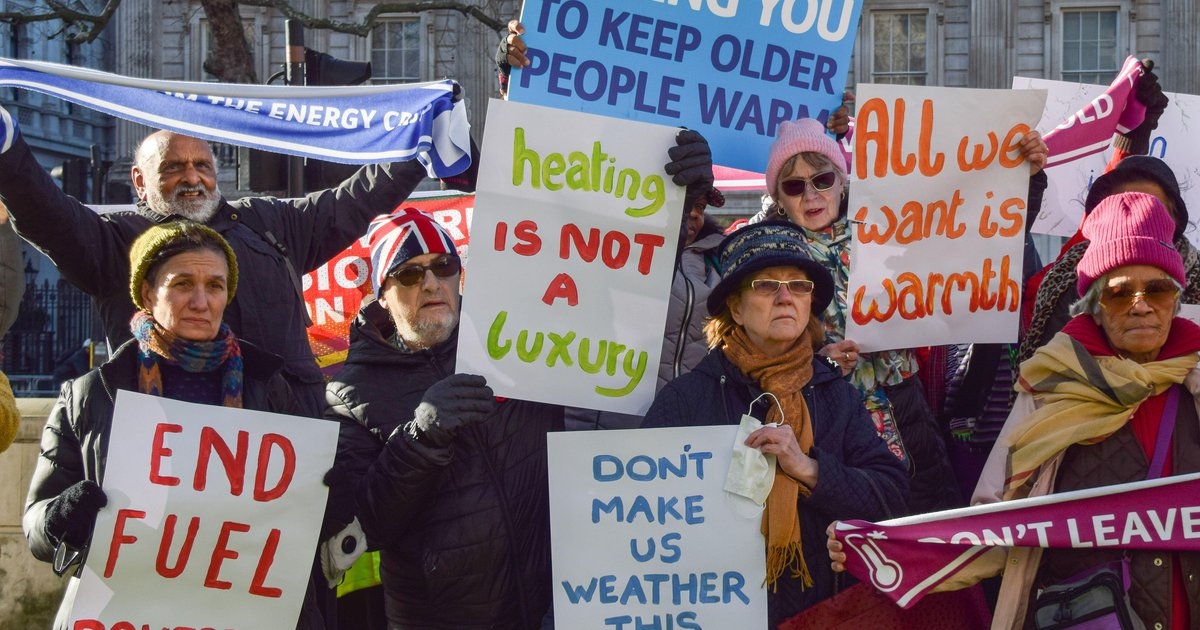 |
| The UK’s cost of living crisis is not simply the result of rising gas prices | Vuk Valcic / Alamy Stock Photo |
“This is the first substantial deterioration we have seen since tracking people’s finances when the pandemic started,” said Mubin Haq, the chief executive of Abrdn Financial Fairness Trust.
“Times are tough for everyone, but it’s those on the lowest incomes who are particularly feeling the effects of rising prices.”
The proportion of households considered secure has fallen from 38% to 31%, and Wales and Scotland are worse affected than England and Northern Ireland, with more than one in five households in “serious difficulties” financially.
Soaring expenses have been driven by rises in energy bills, transport costs and groceries, in that order.
Last week, analysts predicted the energy price cap is on track to rise to £3,244 a year in October, when it is next adjusted, up from £1,971 a year. Annual supermarket inflation hit 8.3% last month.
The rise in wholesale gas prices is driving rising energy bills
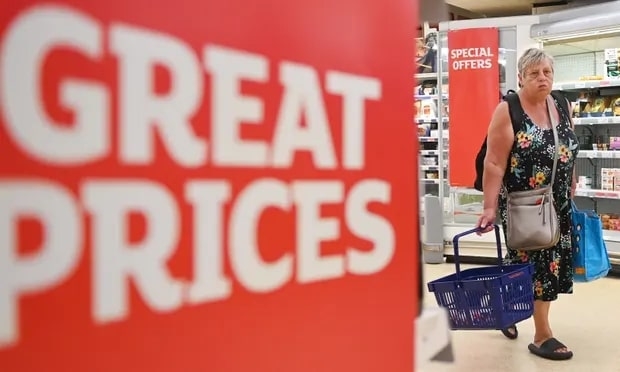 |
| Photo: Niel Hall/ EPA |
The three most common tactics to cut costs during the period of the survey conducted in May to June were turning off the heating, reducing use of the cooker and taking fewer showers and baths.
Dean Burn, 62, a semi-retired IT project manager in Stockport, Greater Manchester, told the Guardian his financial predicament was “a lot worse” now than during the pandemic. He spends £620 a month on rent, which recently rose by 5%, and £260 a month on utilities and council tax, but only receives £850 a month in universal credit payments. It isn’t enough and he has used savings and some emergency payments from the council.
What is the Government’s response to “Cost of Living Crisis”?
Early government responses to rising inflation included a 6.6% rise in the minimum wage, which was announced in 2021, and came into effect in April 2022. The UK government intensified its efforts to respond to the cost of living crisis in May 2022, with a £5bn windfall tax on energy companies to help fund a £15bn support package for the public. The package included every household getting a £400 discount on energy bills, which would be in addition to a £150 council tax refund the government had already ordered. For about 8 million of the UK's lowest income households, a further £650 payment was announced. Additionally, pensioners or those with disability would qualify for extra payments, on top of the £550 that every household gets, and the £650 they would receive if they had a low income. In June 2022, business secretary Kwasi Kwarteng ordered an urgent review of the fuel market to complete by 7 July, to see if consumer prices are excessively high.
Anti-hunger campaigner Jack Monroe has warned that the crisis could be fatal for some of the children of low income parents, and requested the government to increase benefits in line with inflation. UK civil society continues to respond to the hardship caused by the cost of living crisis, such as by running foodbanks, though some foodbank managers report both extra demand but also lower levels of donations, as the crisis means some people who could previously donate can no longer afford to do so. On 18 June 2022, thousands of workers marched to Parliament in London to demand further government action for the cost of living crisis.
Cost of Living Crisis Hits UK University Students HardThe surging cost of living in the UK is hitting university students particularly hard, with a growing number unable to afford basic living expenses, according to a new survey by the National Union of Students. The rising price of things such as food, rent, gas and household goods is squeezing students’ purse strings, with one in three student living on less than £50 ($60) a month after bills, according to the survey. “We’re hearing from students struggling to get by — who can’t afford to do their laundry and are cutting back on showers to make ends meet, a spokesperson for the NUS said. UK inflation hit a 40-year high at 9% in May and median rental prices have jumped to an all-time high. The situation is worse for the nation’s poorest families, who are set to receive the lowest level of government support in seven years. A whopping 11% of students surveyed said they were accessing food banks, up from 5% in January, with half the students saying they were cutting back on food in general. Three out of four students said they couldn’t afford learning materials because of the budget squeeze, while one in five said they were unable to buy toiletries and 10% said they couldn’t afford sanitary products when needed. The survey questioned 3,417 students across the country this June. |
 Facts About F-14 Tomcat: Top Gun Movie Legend And Iran’s Best Fighter Jet Facts About F-14 Tomcat: Top Gun Movie Legend And Iran’s Best Fighter Jet The F-14 Tomcat was the US Navy’s carrier-based two-seat air defense, intercept, strike, and reconnaissance aircraft. Below we provide some historical facts about the F-14 ... |
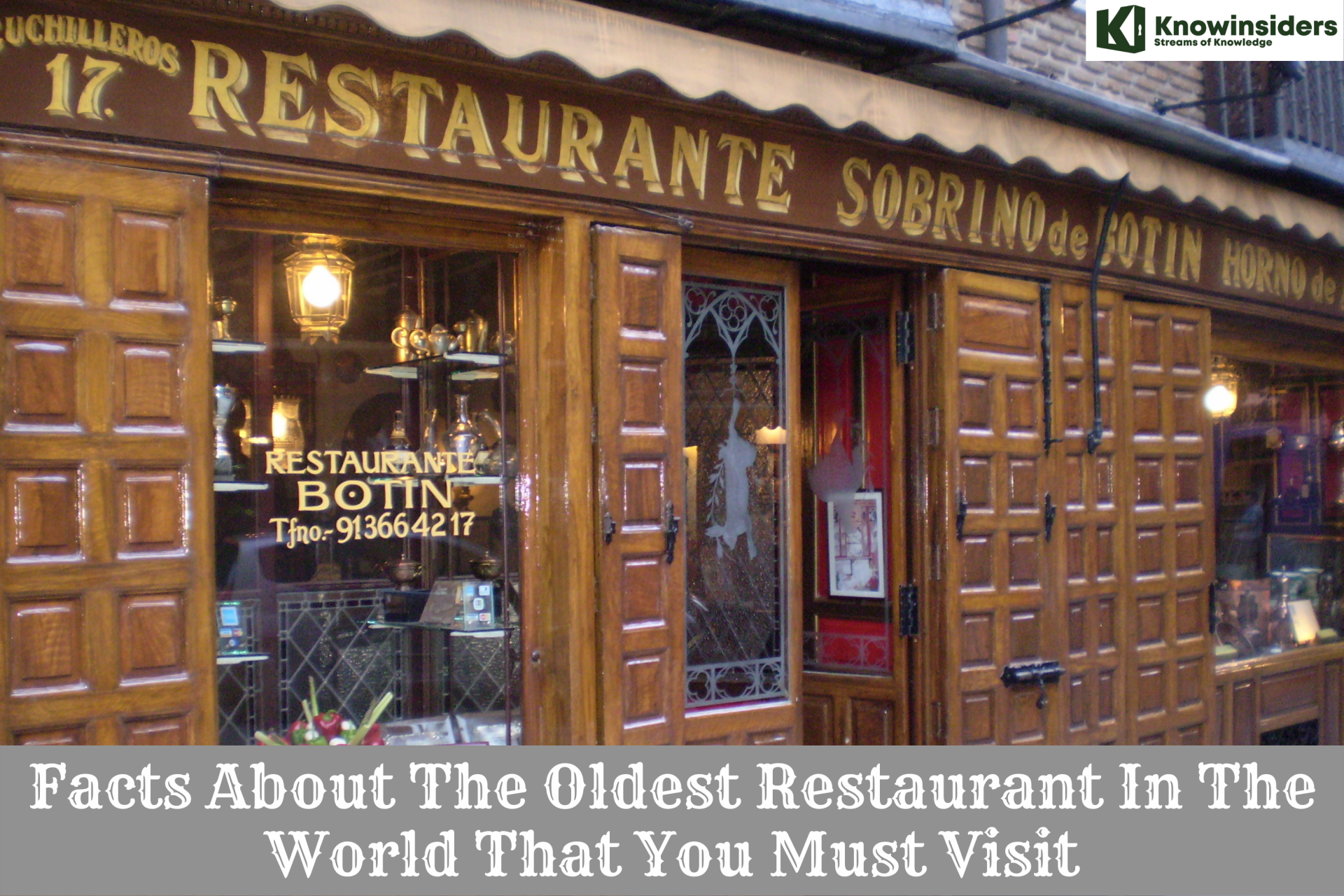 Facts About The Oldest Restaurant In The World That You Should Visit Facts About The Oldest Restaurant In The World That You Should Visit Some of the world's oldest surviving businesses happen to be restaurants — and some date back to the 9th century. Let's explore the first restaurant ... |
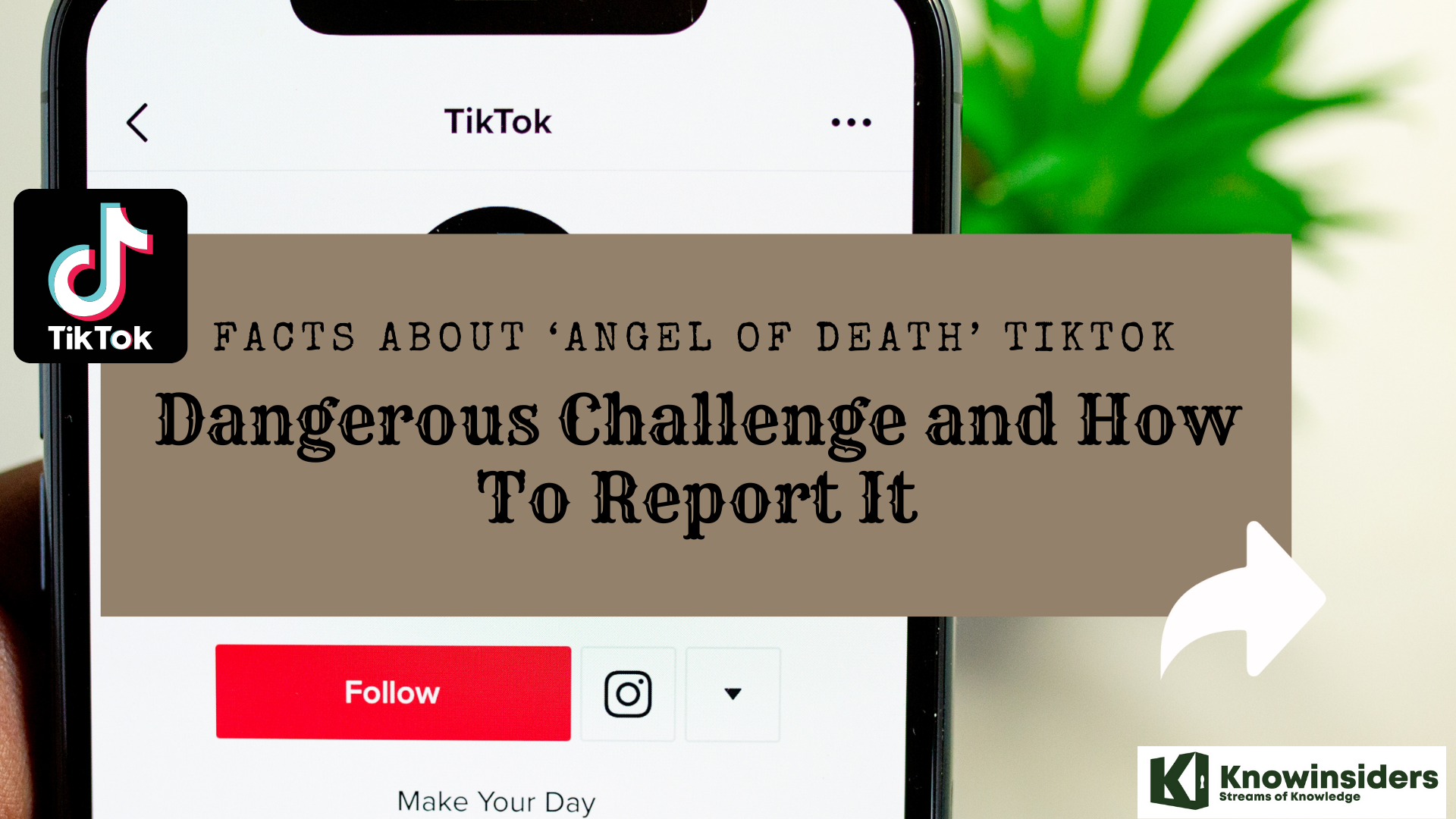 Facts About ‘Angel of Death’ TikTok Dangerous Challenge and How To Report It Facts About ‘Angel of Death’ TikTok Dangerous Challenge and How To Report It "Angel of Death" is the current dangerous TikTok challenge that claimed lives of teenagers in Indonesia. Keep reading to know more about this. |
 Facts About 'China iPhone'': Gionee G13, Fake iPhone 13 Facts About 'China iPhone'': Gionee G13, Fake iPhone 13 Gionee has introduced its latest device as its G13 Pro, although many consumers might be inclined to identify its design as that of the iPhone ... |


